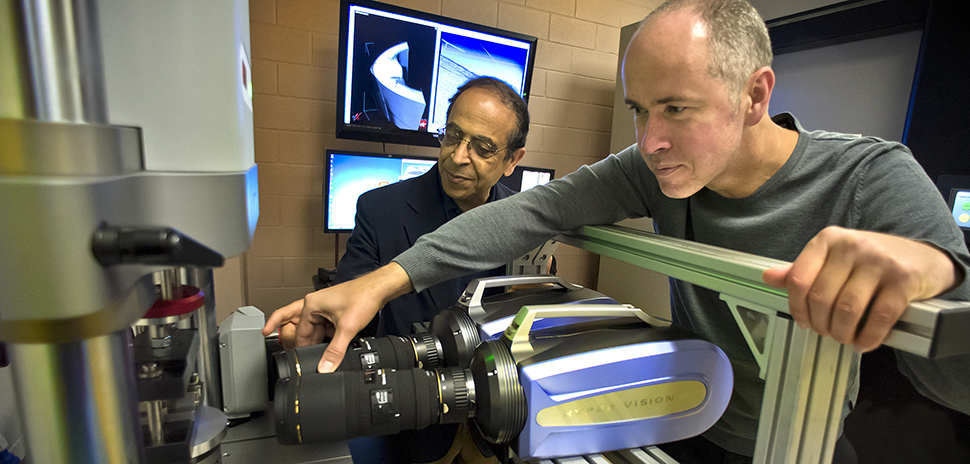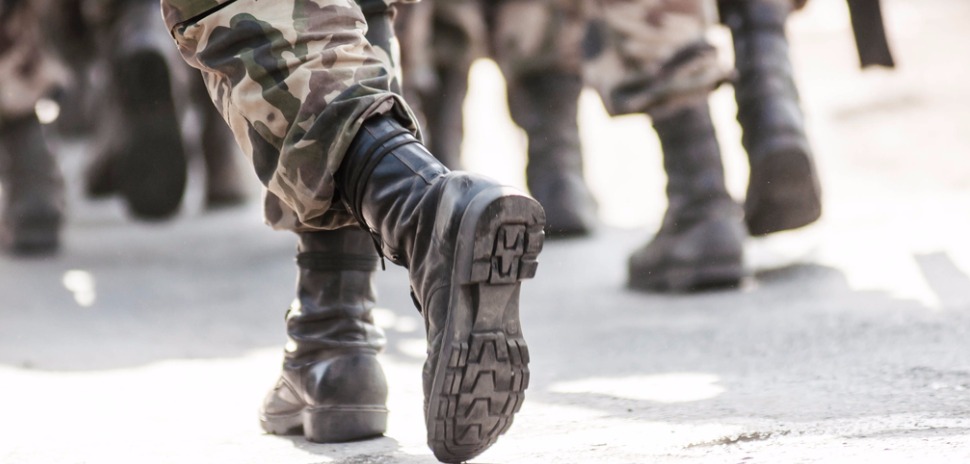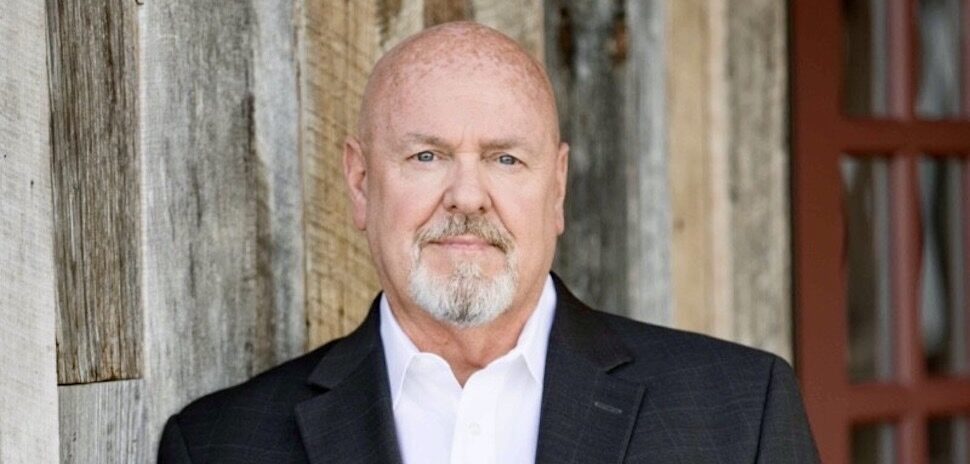ARMY LAB GIVES UTA RESEARCHER $900K GRANT FOR COMPOSITES WORK
![]() UT Arlington aerospace researcher Andrew Makeev continues to get support for his projects related to finding better ways to recognize flaws and structural damage of composites.
UT Arlington aerospace researcher Andrew Makeev continues to get support for his projects related to finding better ways to recognize flaws and structural damage of composites.
The university announced that Makeev, professor in the school’s Department of Mechanical and Aerospace engineering, has received a $900,000 grant from the Army Research Lab to improve reconstruction algorithms and software techniques to produce breakthroughs in computed tomography scanning as a way to better structural diagnostics and life assessment in composite aircraft parts.
Makeev directs the university’s Advanced Materials and Structures Lab and will lead the project for the Army Research Lab. UTA’s lab will focus on developing better tools for high-resolution, one-sided computational tomography — also called CT-based nondestructive inspection.

Erian Armanios, left, chair of the Department of Mechanical and Aerospace Engineering, watches Andrew Makeev at work. [Photo: University of Texas at Arlington]
Earlier this year, he received a separate $600,000 grant from Chicago-based aircraft maker Boeing to assess the durability and damage tolerance of composite structures for composite airframe life extension. Boeing isn’t the only company that has supported Makeev’s work, having received current and past grants from Fort Worth-based companies Lockheed Martin Aeronautics and Bell Helicopter Textron, as well as Sikorsky Aircraft. Read more about Makeev’s work here.
SMU RESEARCHERS FIND WAY TO PREDICT ENERGY NEEDS OF SOLDIERS
Using funding from the U.S. military, researchers at Southern Methodist University in Dallas have discovered a way to more accurately predict how much energy soldiers uses while walking.
The research will enable military strategist to better plan missions by knowing the toll a long march with a heavy load will take on a soldier.
“Our new method improves on the accuracy of the two leading standards that have been in use for nearly 50 years.”
Lindsay Ludlow
“Our new method improves on the accuracy of the two leading standards that have been in use for nearly 50 years,” exercise physiologist Lindsay Ludlow, an SMU post-doctoral fellow and lead author on the study, said in a release. “Our model is fairly simple and improves predictions.”
The method uses three variables: speed, load carried, and slope.
The university said the research is part of a larger load carriage initiative that the U.S. Army Medical Research and Materiel Command has undertaken.
“Soldiers carry heavy load, so quantitative information on the consequences of load is critical for many reasons, for planning a route to evaluating the likelihood of mission success,” Peter Weyand, SMU biochemist and physiologist, said in the release. You can find out more about the research here.
![]()
Get on the list.
Sign up to keep your eye on what’s new and next in Dallas-Fort Worth, every day.
And, you’ll be the first to get the digital edition of our new Dallas Innovates magazine:
The annual edition publishes in January

































